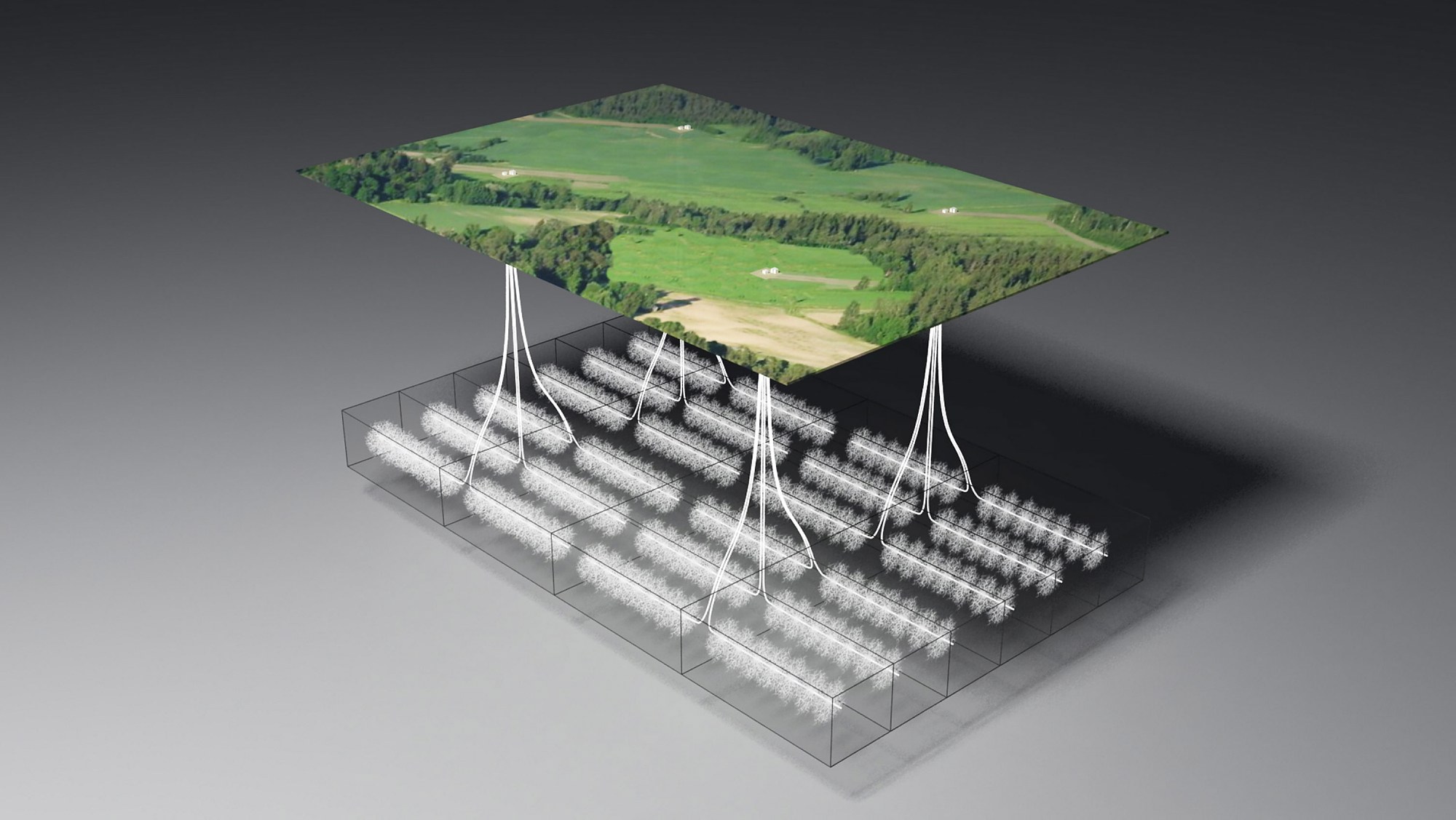Marathon Oil has a great visual showing horizontal drilling and hydraulic fracturing. In contrast, I also found a joke of an illustration.
Here’s the good stuff:
[youtube=http://www.youtube.com/watch?feature=player_detailpage&v=VY34PQUiwOQ#t=256s]
Here is the link: http://www.youtube.com/watch?feature=player_detailpage&v=VY34PQUiwOQ#t=256s
This video includes above ground pictures to help tell the story. Also describes recovery steps when the well is taken out of production. It has more background than just the drilling, well lining, and fracking.
From the description for the video:
Safe, cost-effective refinements in hydraulic fracturing (also known as fracking), horizontal drilling and other innovations now allow for the production of oil and natural gas from tight shale formations that previously were inaccessible. This animated video introduces you to the proven techniques used to extract resources from these shale formations in a safe, environmentally responsible manner.
And now for a contrast….
Continue reading “2 more illustrations of fracking – both educational but for different reasons”
